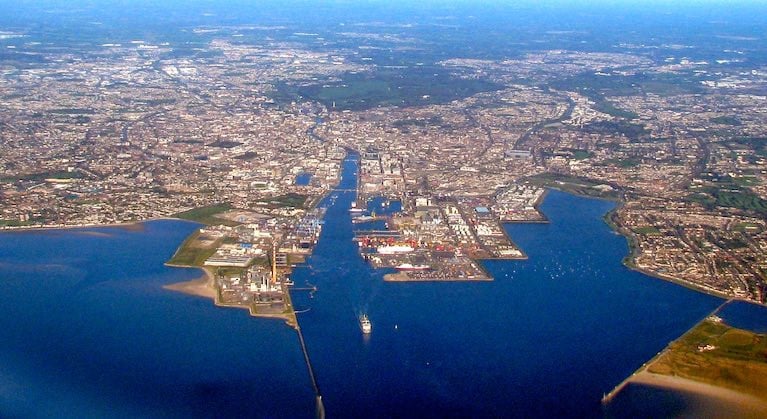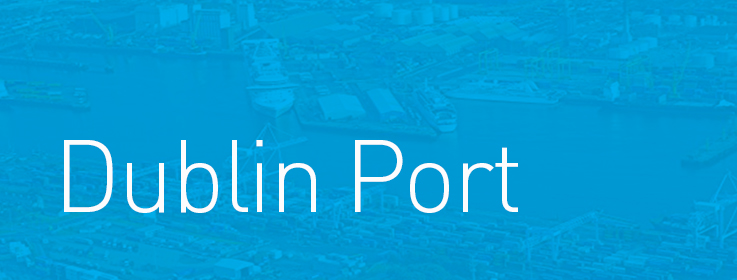
Jimmy Murray of Dublin is April's Afloat.ie "Sailor of the Month" (Environmental)
1st May 2021 Sailor of the Month
Irish Nautical Trust Launches “Liffey Sweeper” to Clean Capital’s Rivers
22nd April 2021 Dublin Port
Dublin Port Volumes Down -15% in Q1 2021, Unitised Trade with GB Down -29% but Trade with EU Up +18%
19th April 2021 Dublin Port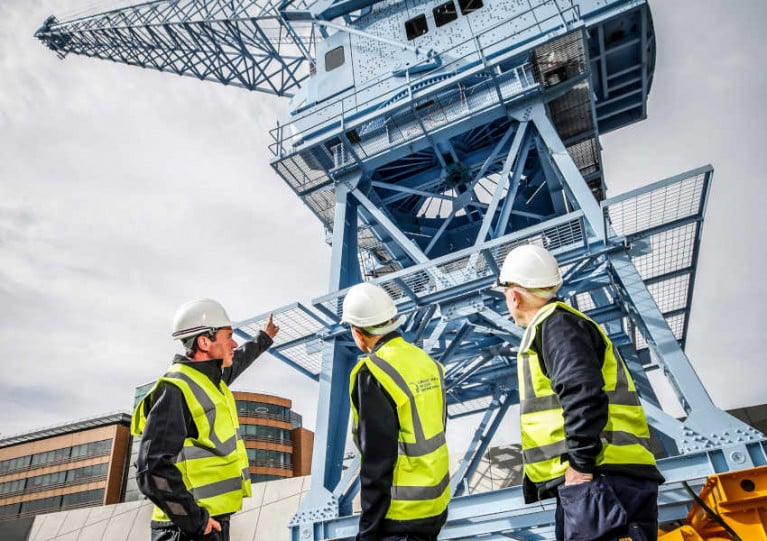

Dublin Port Fest 21 Will Enrich the Interaction With our Maritime Heritage
22nd March 2021 Dublin Port
Dublin Port Invites Alternative Views on Post-2040 Port Capacity Challenge
22nd March 2021 Dublin Port
Dublin Port – Brexit, Pandemic & Post 2040 Masterplan: Harbourmaster Michael McKenna (PODCAST)
18th March 2021 Wavelength Podcast
Bird's Eye View of Dublin Port's South Bank Quay & Berths 46 - 47 (VIDEO)
15th March 2021 Dublin Port


Busy Scenes at Dublin Port as Cargo Vessels Arrive & Depart River Liffey (VIDEO)
6th March 2021 Dublin Port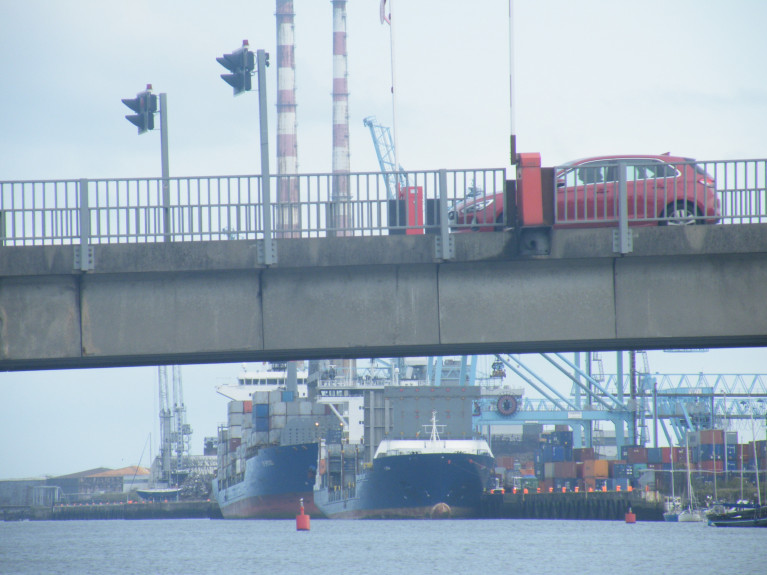
Weather Continues to Affect Ships With Temporary Closures Also at Dublin's Great South Wall
23rd February 2021 Dublin Port

Waterways Ireland Confirms Plans to Sell Off Grand Canal Graving Docks
20th February 2021 Inland Waterways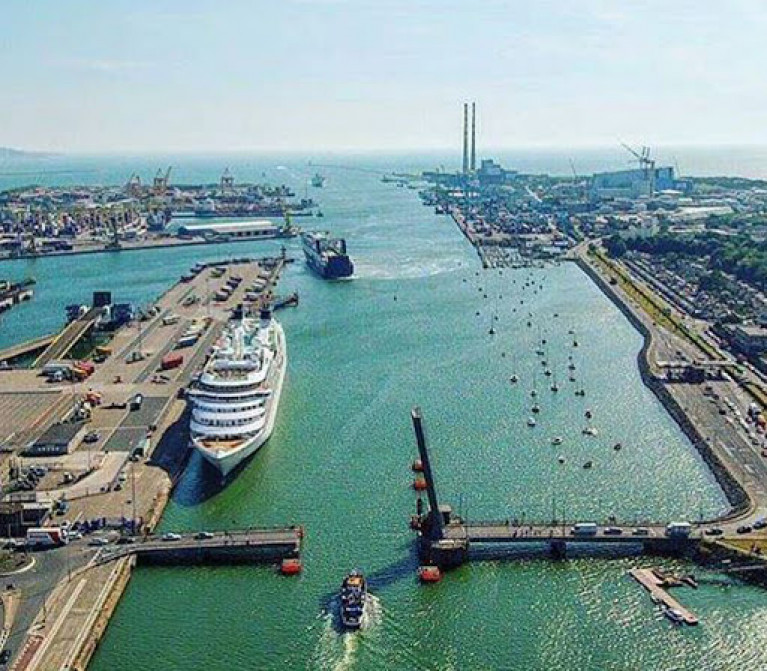
Ireland-Scotland Rail & Road Link Across North Channel is on the Agenda Again
15th February 2021 Northern Ireland Waters